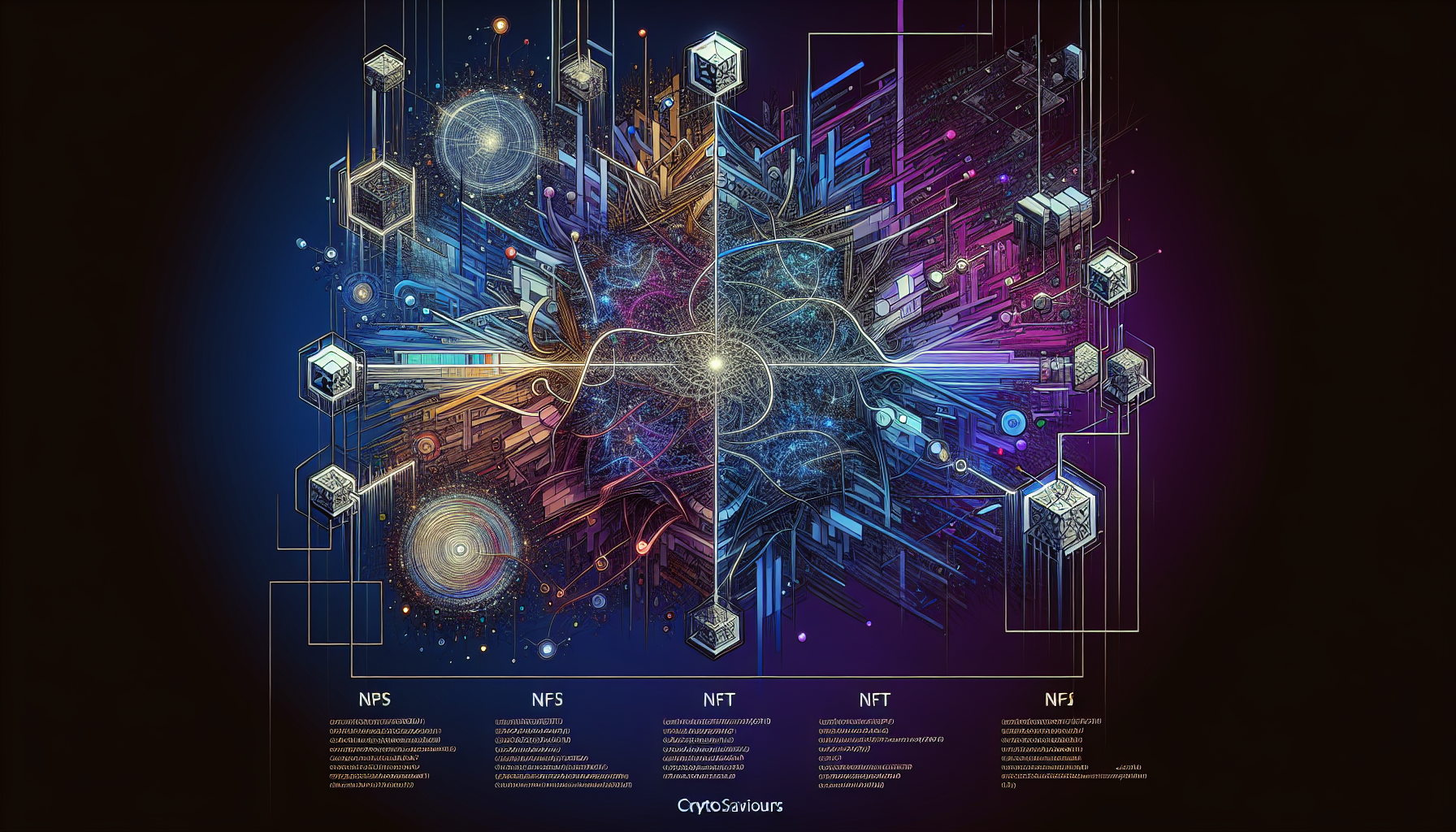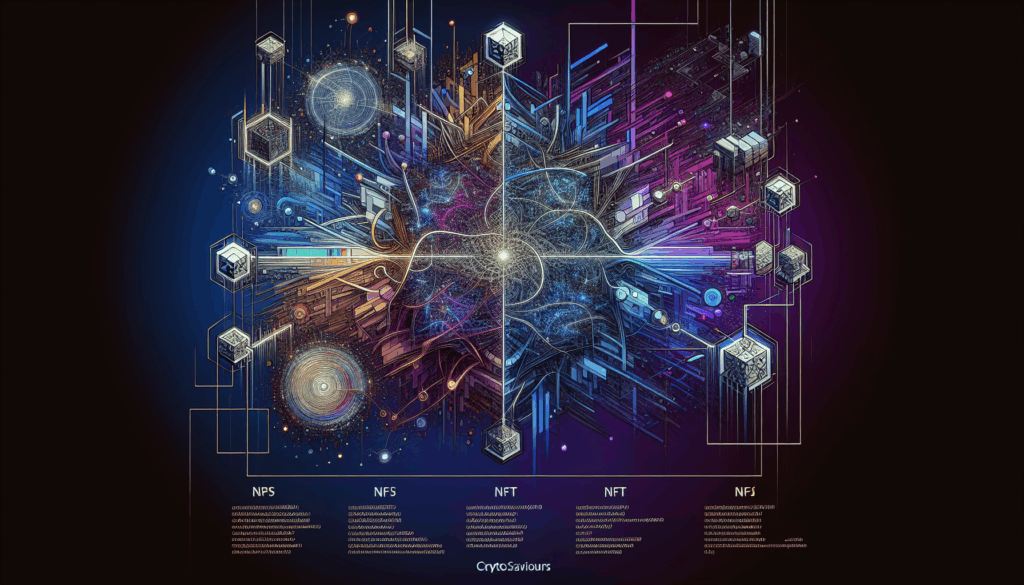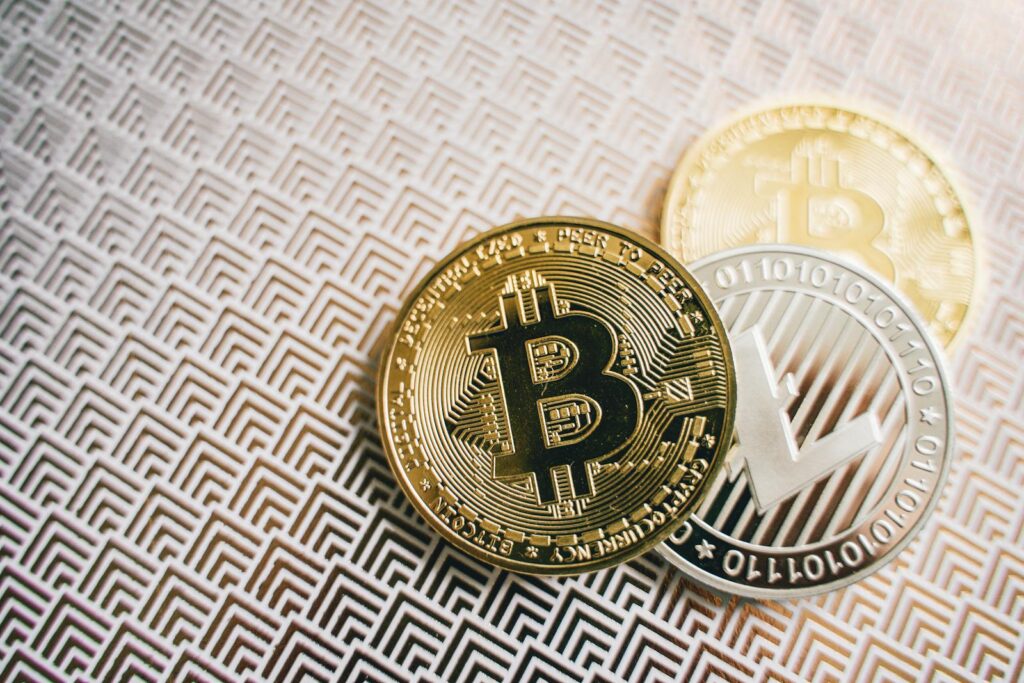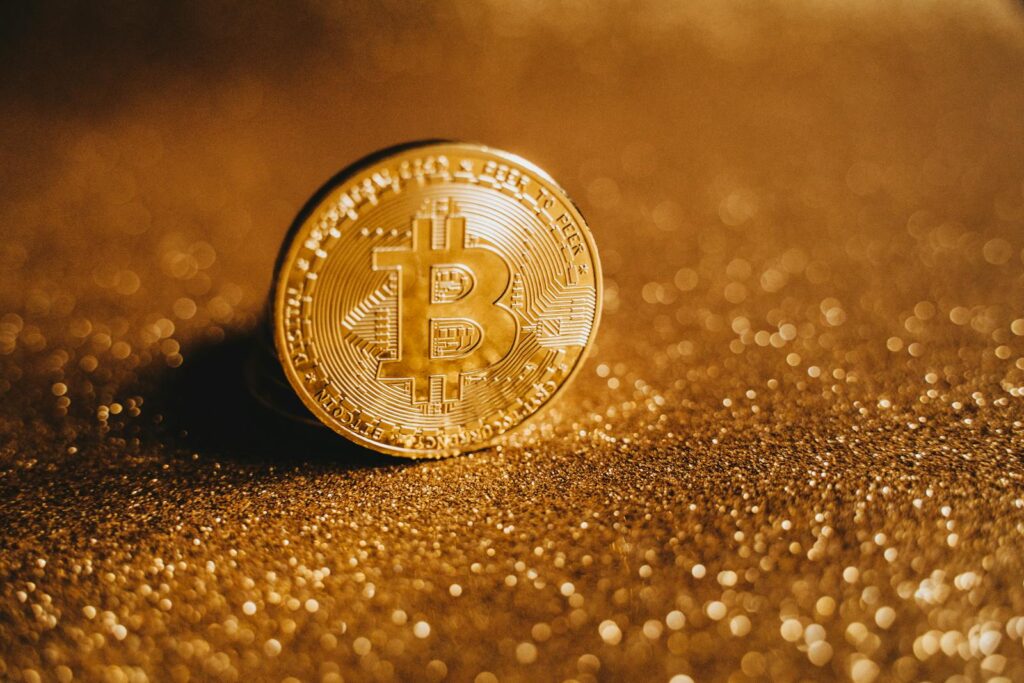Introduction: What is Generative Art in the NFT World?
Have you ever wondered how digital artists are creating unique pieces of art that sell for hundreds of thousands of dollars? According to recent reports, the generative art market has exploded, with sales surpassing $1 billion in 2022 alone. Yet, less than 10% of enthusiasts fully understand the algorithms that power these creations.
Understanding Generative Art Algorithms
Generative art refers to pieces created through algorithms and coded instructions, often resulting in unique outputs. But what does this mean for artists and collectors in the NFT space? Let’s break it down:
- Algorithmic Creativity: These algorithms can produce an almost infinite number of variations, ensuring that each NFT is distinct.
- Artistic Intent: Artists must design rules for the algorithm, blending creativity with technology.
- Machine Learning Integrations: Some generative art uses AI to evolve its outputs based on viewer interactions and preferences.
Why Investors are Flocking to NFT Generative Art?
The rise of NFT generative art has caught the eyes of many investors. Here are several reasons why:

- Diversification: It presents a unique opportunity to invest in a new digital asset class.
- Scarcity Create Value: With algorithms controlling the number of unique pieces produced, scarcity drives prices up.
- Community Building: Often, these projects foster communities around them, adding social value.
Challenges and Considerations for Artists and Collectors
Investing in NFT generative art isn’t without risks. Here are some challenges to consider:
- Understanding Technology: Artists and collectors need to comprehend the algorithm’s impact on value.
- Market Volatility: Prices can fluctuate drastically, with some pieces seeing value collapse after initial hype.
- Legal Uncertainty: Ownership and copyright laws in the digital space remain murky.
Conclusion: Embracing the Future of Art and Technology
As NFT generative art continues to grow in popularity, understanding the algorithms behind these creations becomes crucial. With projections indicating that generative art could become a $10 billion market by 2025, now is the time to dive deeper into both the art and technology behind it. If you’re eager to explore opportunities in this burgeoning field, consider downloading our NFT investment guide today!
Disclaimer: This article is for informational purposes only and does not constitute investment advice. Always consult with local regulatory bodies before making any investment decisions.
For more information on related topics, check out our articles on NFT investing basics and top generative art projects.
Image ALT Attribute: “An example of generative art created using algorithms for NFTs.”
With insights driven by data from market reports and expert analysis, this article empowers you to explore the fascinating world of NFT generative art algorithms.
Written by Dr. Emily Taylor, a leading expert on digital assets and blockchain technology, with over 15 published papers in the field and a history of auditing prominent NFT projects.


